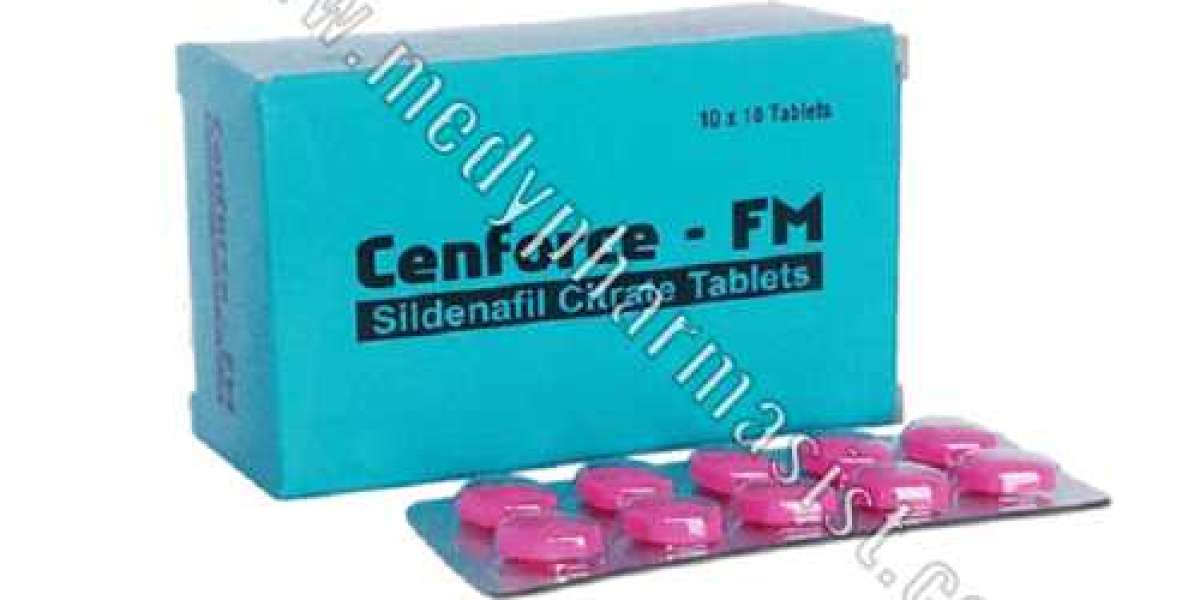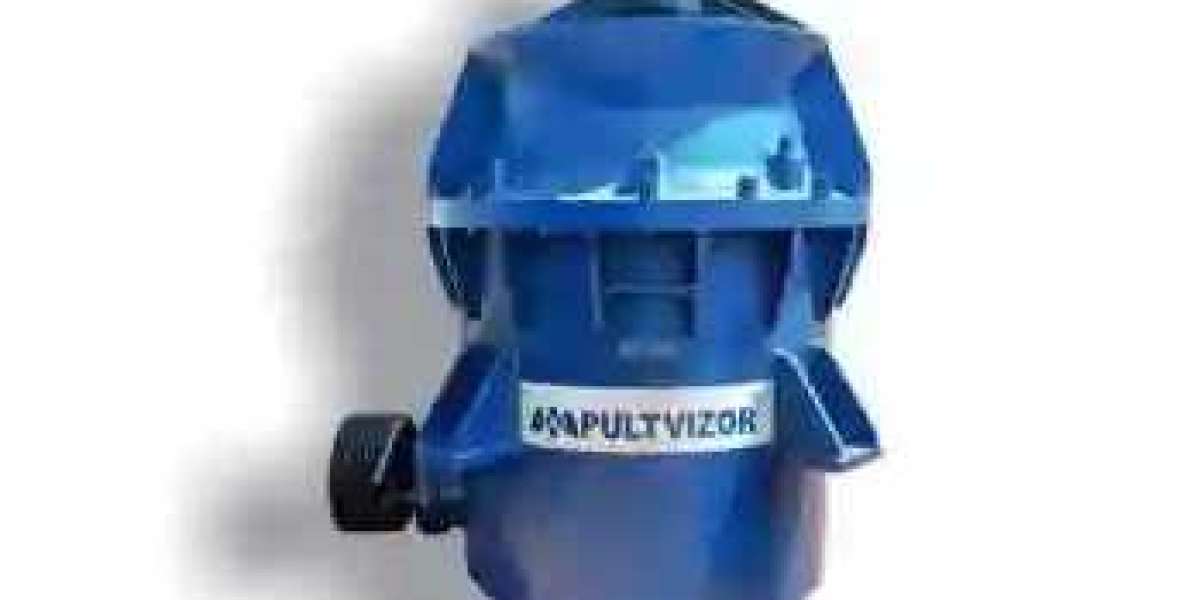When it comes to hunting knives, few brands are as iconic as Buck Hunting Knife. As far as durability, craftsmanship, and reliability are concerned, it doesn't get any better than what this brand offers. The popularity of Buck Knives among outdoor enthusiasts, hunters, and survival enthusiasts all over the world speaks volumes about its quality. Whether you need a reliable tool for field dressing game or just one that will work reliably when camping and engaging in other outdoors activities, a Buck hunting knife is a great investment. In this guide, we are covering everything you would ever need to know about Buck hunting knives-from history and the uniqueness of their line to the various models and helpful hints for buying the knife for your needs.
1. History of Buck Knives
Buck Knives was founded in 1902 by Hoyt Buck, who started handcrafting knives in order to fill a need for a stronger, longer lasting edge in outdoor tools. From a small business, it became a worldwide-recognized knife manufacturer known for innovation and quality. The company is best known in the world for inventing the "folding hunting knife" with the now-famous Buck 110 Folding Hunter. For this, the company was able to revolutionize the industry by giving the hunter a portable, foldable blade which could be used with great ruggedness.
Today, the company is still producing the greatest number of hunting knives, fixed blades, and folders. Buck Knives' long history and legacy of craftsmanship are the reasons their knives have become favorites to the seasoned hunters and collectors.
2. Specific Characteristics of a Buck Hunting Knife
Buck hunting knives have earned their place as reliable knives and, among other few characteristics that differentiate them from other knives:
Quality Steel: Buck uses top-quality stainless steel in its blades, particularly 420HC that balances hardness, retention, and corrosion. Premium steels such as S30V, known to provide the best performance for extreme hunters, are used by Buck in some high-end products.
Edge Retention and Sharpness: Thanks to the work of Paul Bos on developing his heat-treatment process, Buck Knives have traditionally been long-lived in the sharpness department while holding the edge well. This type of heat treatment resists dulling under extreme conditions and extensive use.
Dependable Design: Because a hunting knife for buck hunting has to be functionally as well as durable enough, handles are made of phenolic, wood, and rubberized material. This material allows the knife-grip to be firm, even wet. The design has safety and control in hand with precision for skinning and dressing game.
Lifetime Warranty: Buck Knives offers lifetime warranty on all its knives. This "Forever Warranty" provides clear evidence that the company has confidence in the quality of work put into its knives to last a lifetime. This is a guarantee that buyers can feel confident when making an investment in a Buck knife.
3. Types of Buck Hunting Knives
Buck offers a wide number of hunting knives that feature knives with differently designed knives for different purposes. Here are some of the more popular types.
a. Fixed-Blade Hunting Knives
Hunting knives loves fixed blades for their strength and simplicity. Being static in nature, fixed blades are extremely robust and there is no chance that you will end up with bacterial growth inside them, which is very appealing for field dressing purposes.
b. Folding Hunting Knives
Folding knives are designed for portability, with a compact design that can be easily carried in a pocket or clipped to a belt. The folding knives by Buck are engineered to handle the same tough tasks as fixed-blade knives but offer more portability.
The Buck 110 Folding Hunter features a 3.75-inch blade and is lock-back built for security. This is one of the most popular knives ever sold, and the Buck 110 is capable of great balance, strength, and versatility. It's suitable for a hunter who wants a reliable folding knife.
c. Gut Hook Knives
Gut hook knives are designed strictly for field dressing game. The gut hook enables a hunter to pull an animal's hide open without perforating any of its internal organs.
Buck Zipper: This knife is equipped with a gut hook for ease in field dressing. The Buck Zipper has a design that enables one to dress the animal easier and faster.
Buck 113 Ranger Skinner: It lacks the gut hook but has a unique blade shape that is specific for skinning, and hence is another excellent knife for big game hunters.
4. Choosing the Right Buck Hunting Knife for You
The proper hunting knife that you need relies on several criteria. First and foremost, it depends on the nature of game, environment, and even your own preference. Here are a few tips to guide you in choosing the perfect Buck hunting knife:
a. Consider the Type of Game
An altogether smaller knife like the Buck 102 Woodsman is perfect for small game or fishing because of its lightness and control. However, for larger game such as deer and elk, a larger knife with a gut hook such as the Buck Zipper will ease field dressing and do the job in a hurry.
b. Fixed Blade vs. Folding Blade
A fixed blade would be a good option if you don't need a knife much unless for heavy-duty tasks and field dressing. It gives more strength and is usually easier to clean. However, if portability is what you're looking for, then the perfect option is a folding knife-like the Buck 110 Folding Hunter.
c. Handle Material and Grip
Buck knives come with a different handle material: wood, synthetic, and rubberized grips. Rubberized handles are pretty cool when used in a wet environment while wooden ones will give that old-time look to your knife. Handle material which best fits your comfort and secure hold when held and grasped as this can significantly influence the control of the knife on the blade.
5. Care Requirements of a Hunting Knife from Buck
To keep your Buck hunting knife in excellent condition for a long time, proper care and maintenance are very vital.
Clean after every use: Use mild soap and water to clean your knife, and be sure that it is left to dry. There will never be any room for rust to form, and the blade will stay sharp.
Sharpen Regularly: Use a sharpening stone or a Buck sharpening tool to keep a edge on your blade. Buck's heat-treated steel is very receptive to sharpening so you don't need to make too many passes.
Lubricate Moving Parts (for Folding Knives): If you have a folding Buck knife, periodically lubricate the moving parts with a small amount of oil so that you keep the blades opening and closing slick.
Store Properly. When not in use, store your knife in a dry place. For fixed-blade knives, ensure that they are kept in sheaths; folding knives should preferably be stored folded with blades protected.
6. Best Buck Hunting Knives of All Budgets
For most people, buck knives are becoming increasingly affordable even with great quality. Here are some top picks based on a range of budgets:
Budget-Friendly: Buck 284 Bantam: This folding knife is a lightweight blade, good for a beginner or for an inexpensive yet reliable hunting knife to carry into the field.
Mid-Range: Buck 110 Folding Hunter: This classic, well-balanced knife stands the test in most hunting and outdoor applications and offers excellent value for its price.
The high-end choice is the Buck 119 Special Pro in S35VN steel- It's one hell of an investment if you want to buy a fixed-blade knife that's among the best in its class.







